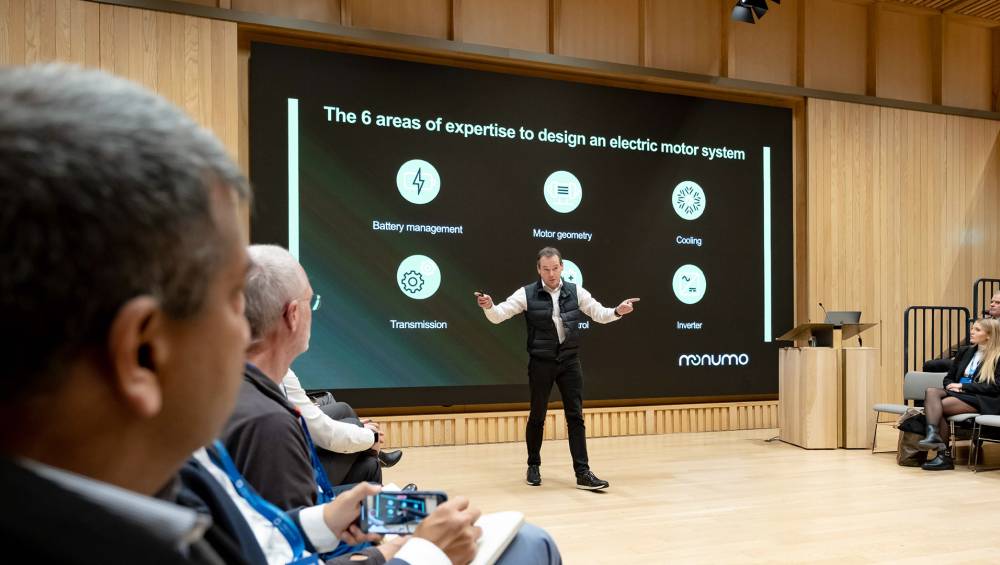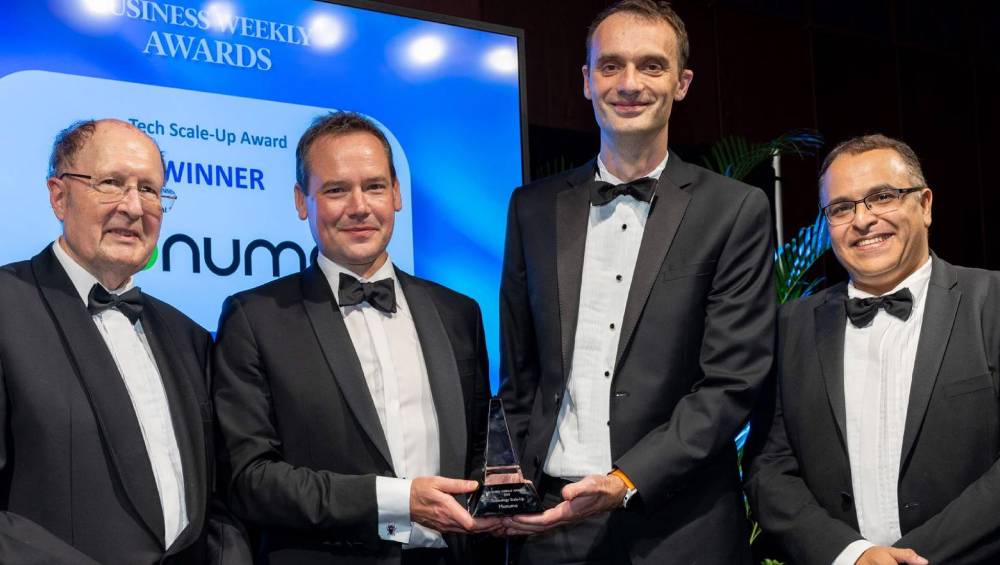 news
news
Latest at Monumo
Latest on LinkedIn
Follow us on LinkedIn🚘 EV milestone in the UK: Electric cars now account for over a quarter of all new vehicles sold.
Fresh data shows a major jump in adoption – suggesting that EVs are no longer a niche segment, but a central pillar of the UK automotive market. It’s big news.
But it also puts new pressure on the engineering ecosystem behind every EV on the road.
Does rising EV demand expose gaps in today’s EV powertrain development process?
Full Independent story in the comments. 👇
#ElectricMotorDesign #EVMarket
👀 Where does your team lose the most time in the development loop? And if you could reclaim even 10%, what would you innovate next?
Chinese electric vehicle OEMs (such as BYD and NIO) can launch new models in about 24 months, compared with up to 45 months for traditional automakers.
That’s a lost generation in EV powertrain development roughly every decade… 🕒
For Western manufacturers, this gap isn’t just a challenge to their ability to respond to a rapidly evolving and shifting market – it also risks squeezing out all product innovation and competitiveness.
Industrial AI and physics-based simulation tools are already enabling teams to slash design cycles - generating cost-optimal designs in a few days that can be manufactured from series production methods.
What else would it take to remove a design cycle without adding product risk?
#EVPowertrainDevelopment #ReducedDevelopmentCycles #AIEngineering #DeepTechEngineering
How do we use AI to crack the toughest engineering and energy problems on the planet?
Monumo CEO, Dominic Vergine, digs into the answer with Lindsay Hooper and Marc Kahn on Cambridge Institute for Sustainability Leadership (CISL)’s latest podcast episode.
Streaming links are in the comments. Let us know your thoughts 👇
Press Kit
To make life easier for our friends in the media, please find a selection of images for you to use.
For press-related queries, contact press@monumo.com.
Available downloads



